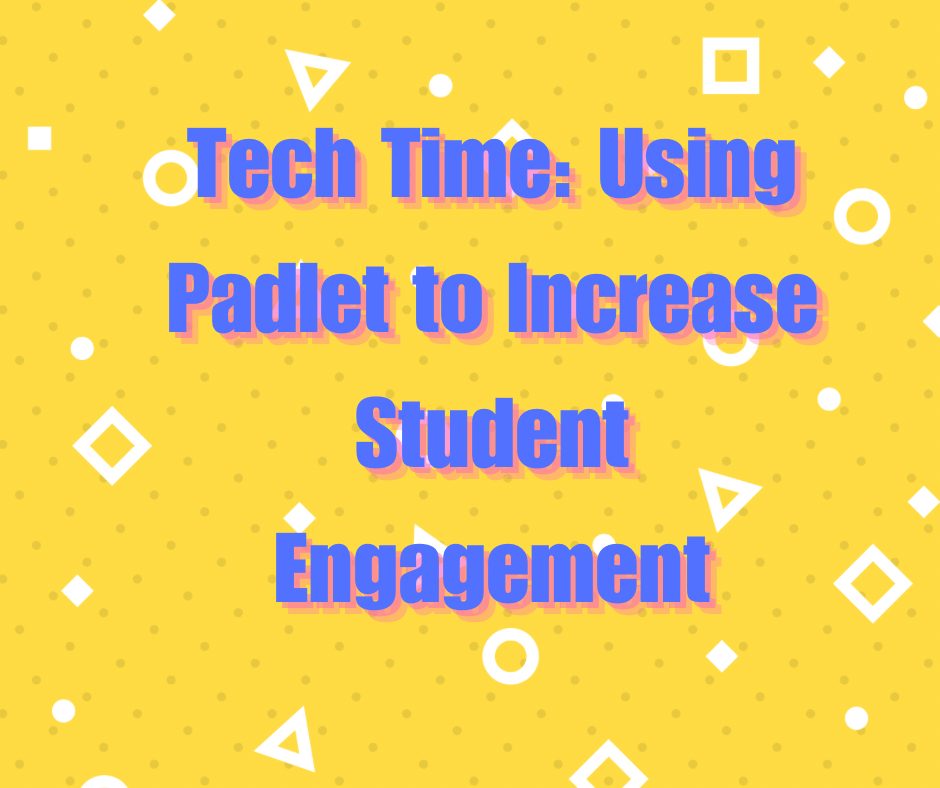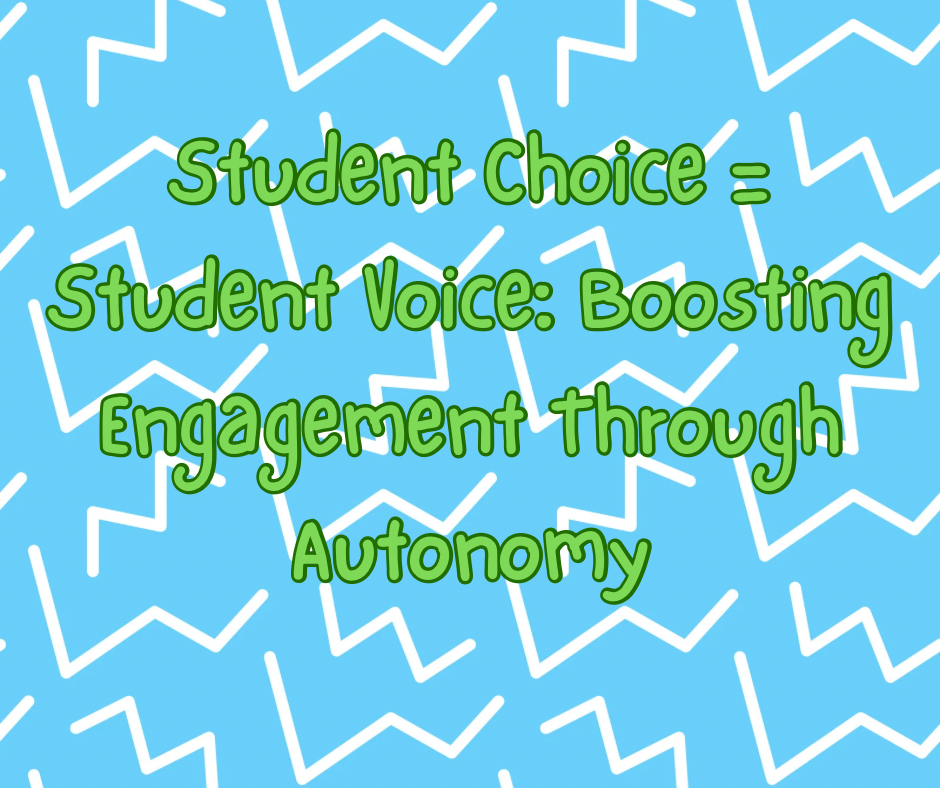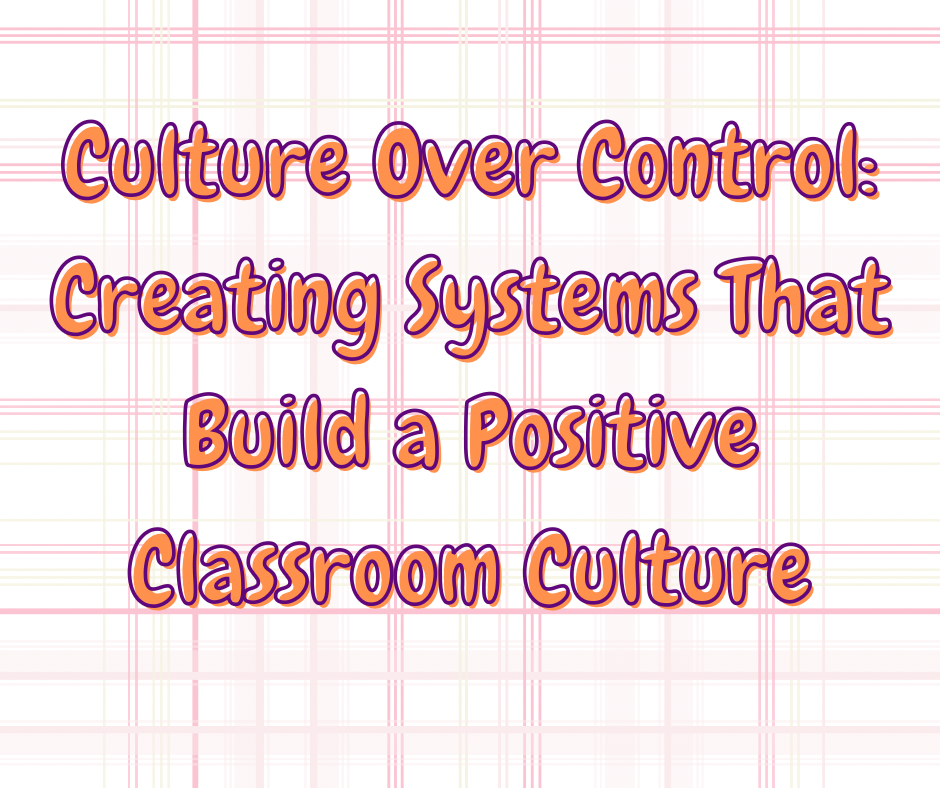
Making Review Weeks Meaningful: How to Teach Intentionally Before Breaks and During Catch-Up Weeks
Review weeks and the days leading up to a break can easily slip into “filler time,” especially when students are tired, excited, or out of routine. But these pockets of time are some of the most valuable instructional moments we have. They allow us to slow down, revisit essential skills, remediate gaps, and strengthen what students need most in order to move forward confidently.
When used intentionally, review weeks are not downtime. They are strategic learning windows.

Tech Time: Using Padlet to Increase Student Engagement
Digital tools can either distract or empower. When used intentionally, they open doors for collaboration, creativity, and student voice. One of the most versatile tools teachers can use is Padlet. It’s simple enough for elementary classrooms and dynamic enough for middle and high school learners. More importantly, it’s a platform that puts engagement and interaction front and center.

Student Choice = Student Voice: Boosting Engagement Through Autonomy

Think-Pair-Share Done Right: Building Confident Collaborators
Think-Pair-Share is not just about talking. It’s about thinking, connecting, and growing. When done right, it becomes a foundational routine that supports collaboration, confidence, and classroom community. Whether you’re new to teaching or ten years in, this timeless tool is worth revisiting, refining, and elevating.

Culture Over Control: Creating Systems That Build a Positive Classroom Culture
Your classroom culture sets the tone for everything, from behavior to engagement to how students treat each other. A strong culture doesn’t happen by accident. It’s built through systems that teach, reinforce, and celebrate the values you want your students to embody.

Let’s Wrap This Up: A Guide to Packing Up Your Classroom

Keep It Fresh! Engaging Test Prep Strategies
Test prep doesn’t have to be dull! While students need to practice the skills and question types they’ll see on State test, drilling the same worksheets day after day can lead to disengagement. The key? Vary your approach to keep students on their toes while reinforcing essential skills.
Here are some dynamic, engaging strategies to make test prep both effective and exciting:
